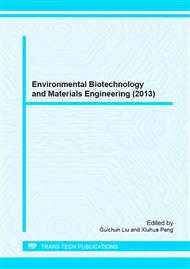p.386
p.390
p.397
p.401
p.407
p.412
p.416
p.420
p.424
Discussion on the Harm and Protection of Water Hammer of Cavities Collapsing during Long Distance Water Transfer Project
Abstract:
In long distance water transfer project, the pipeline pressure caused by the change of hydraulic impact on pipeline is the most dangerous, which cavities hammer boost up to the general water several times, the tube explosion phenomenon is most caused by water hammer of cavities collapsing. After long-term practice, two-way surge tower and constant speed buffer air valve effect remarkable on water hammer of cavities collapsing.
Info:
Periodical:
Pages:
407-411
Citation:
Online since:
September 2013
Authors:
Price:
Сopyright:
© 2013 Trans Tech Publications Ltd. All Rights Reserved
Share:
Citation:


